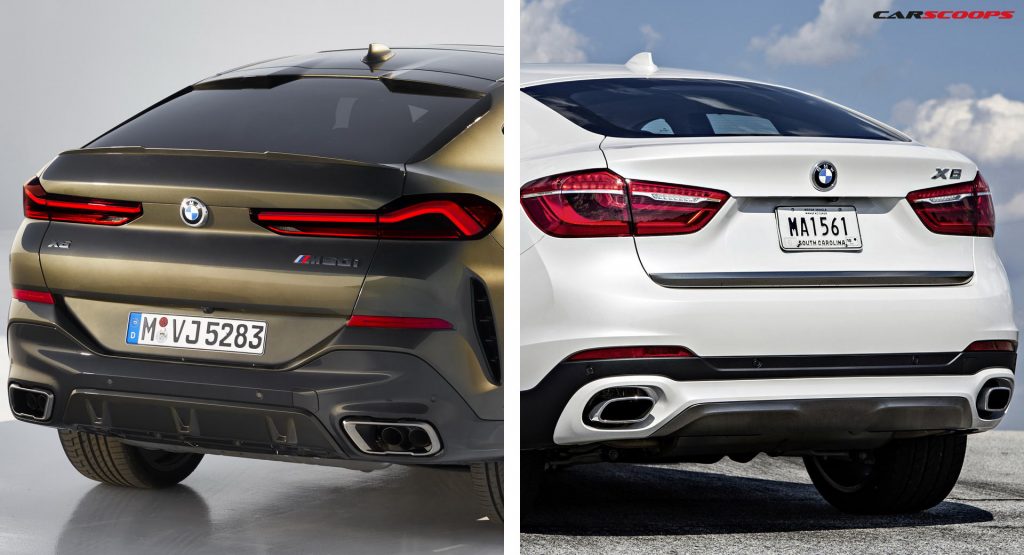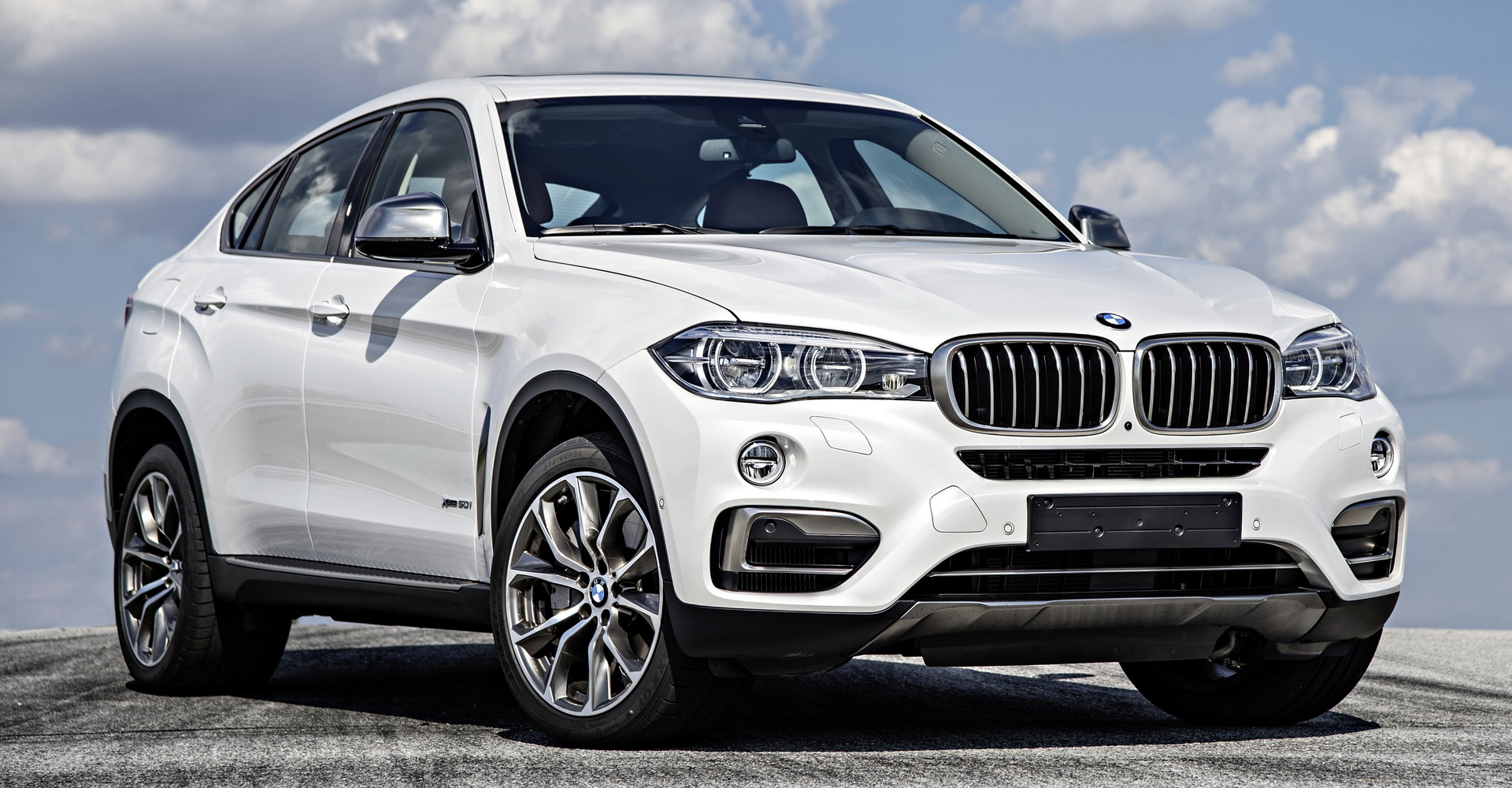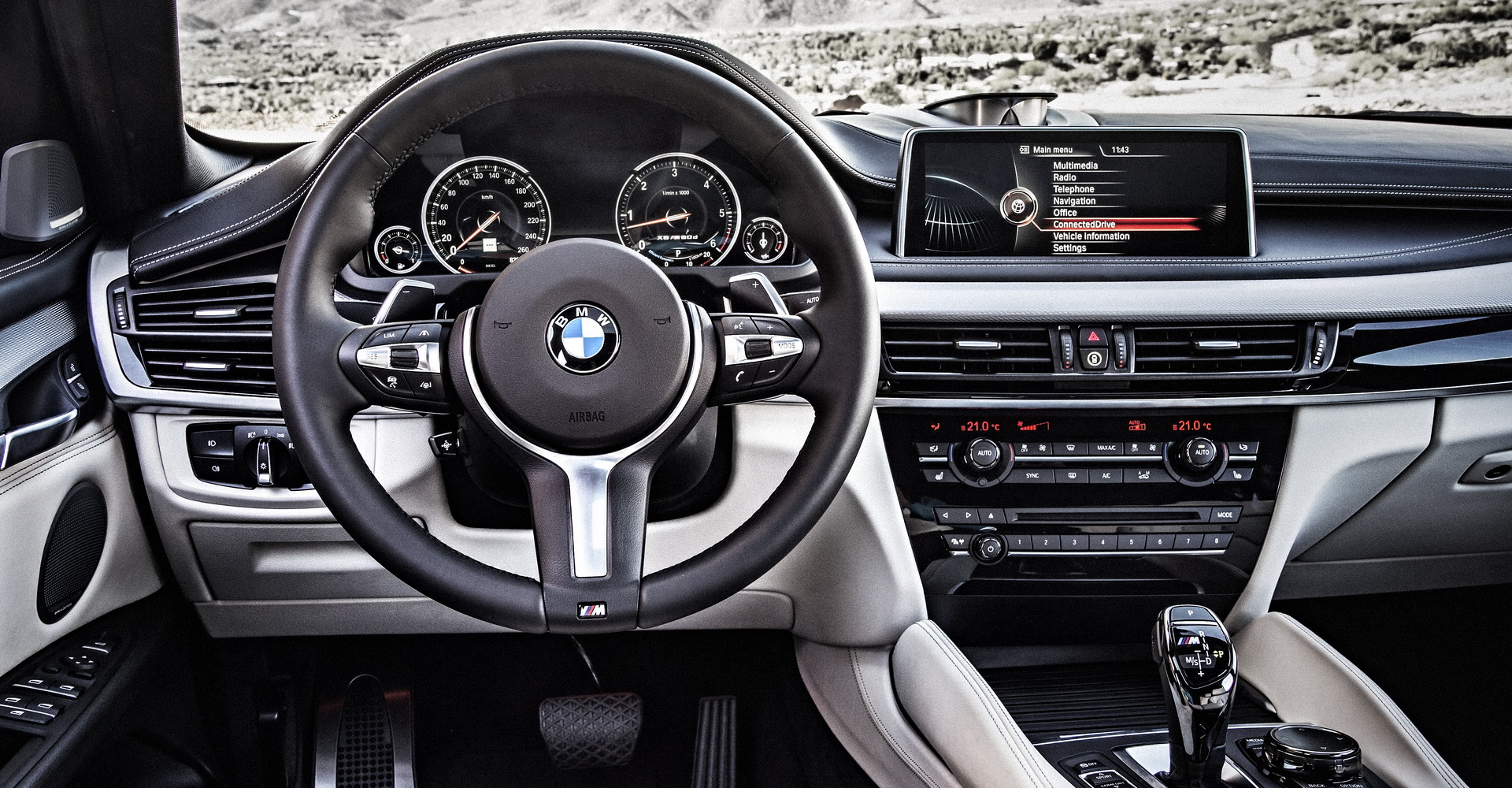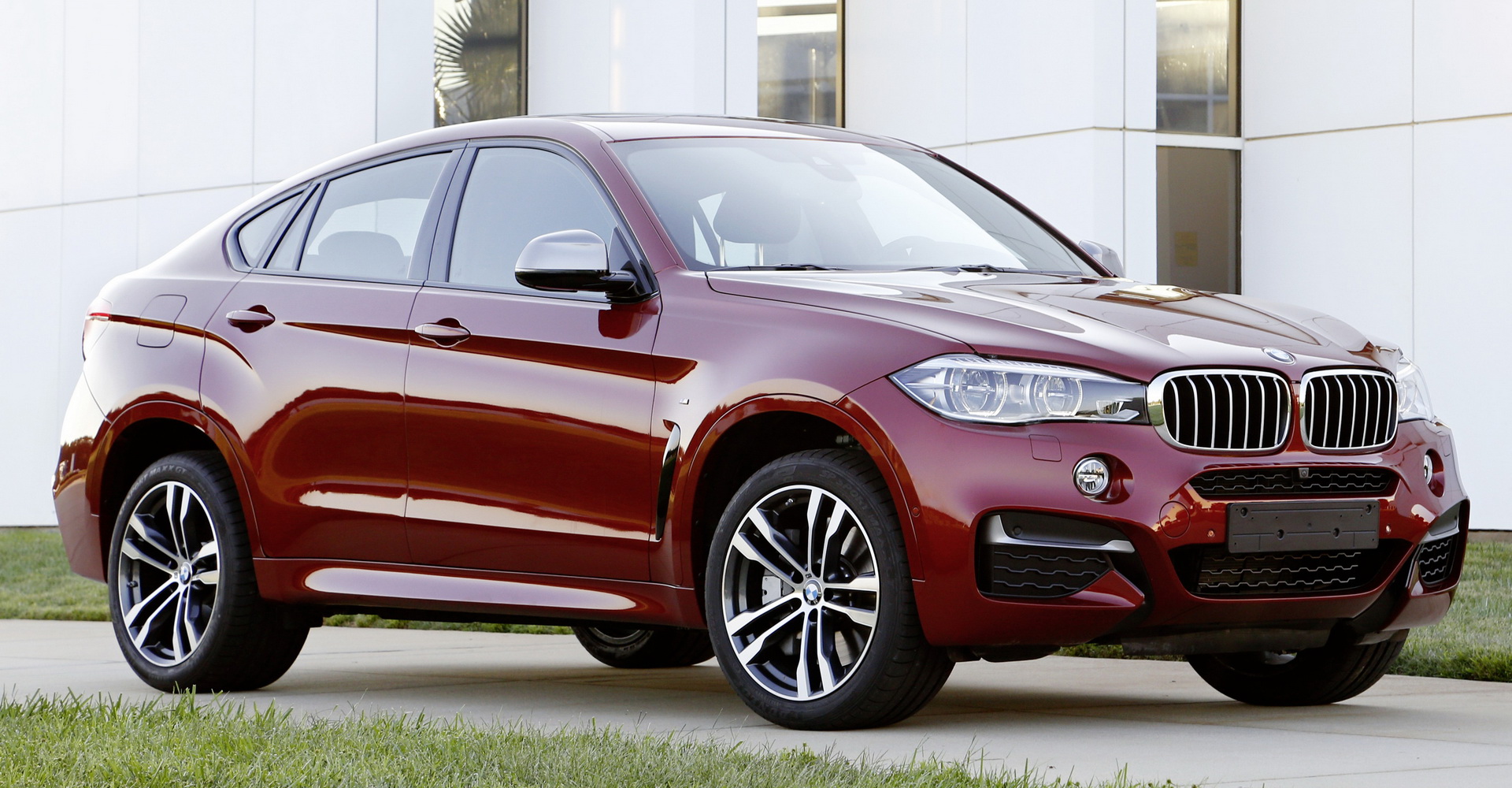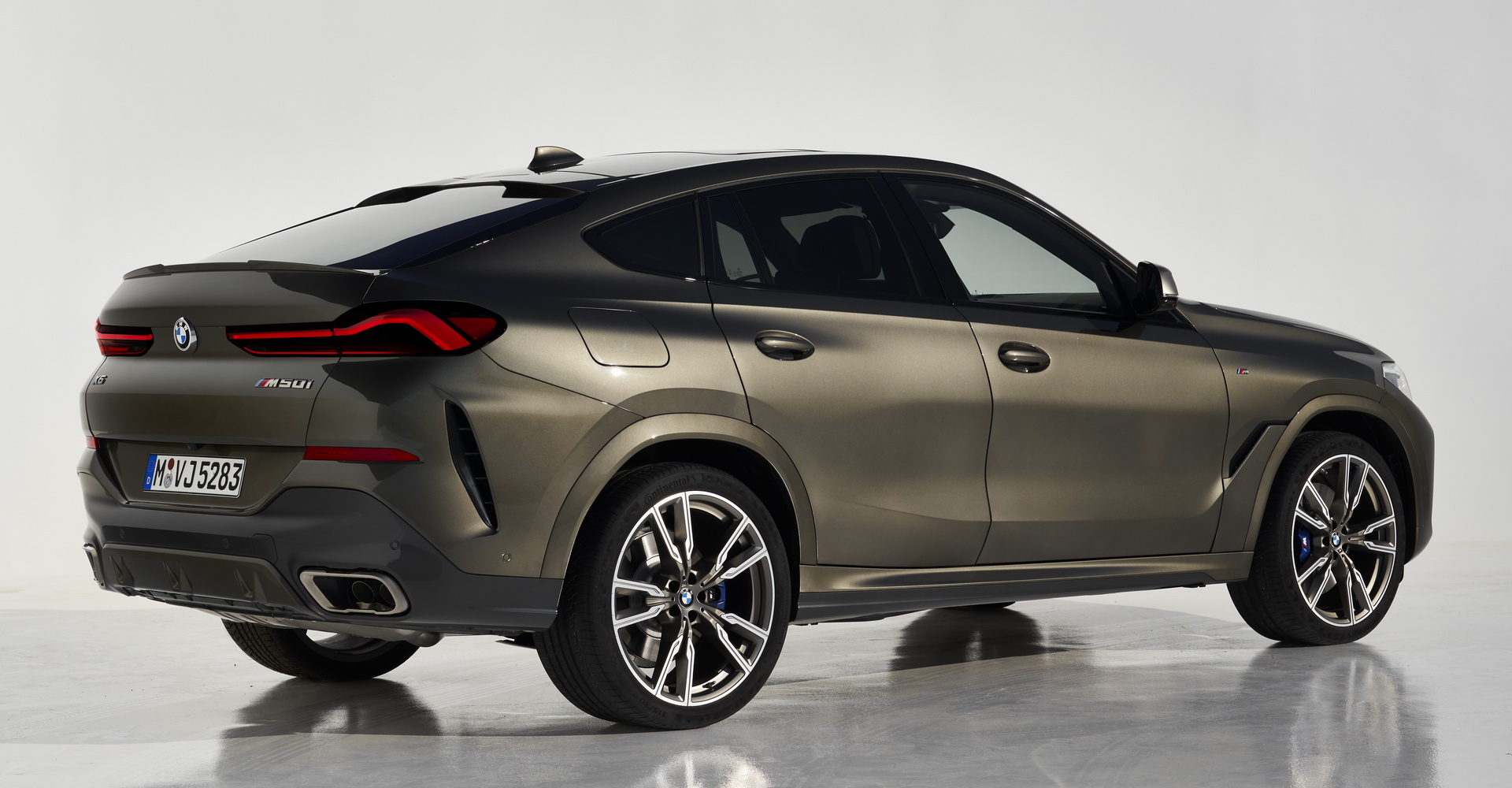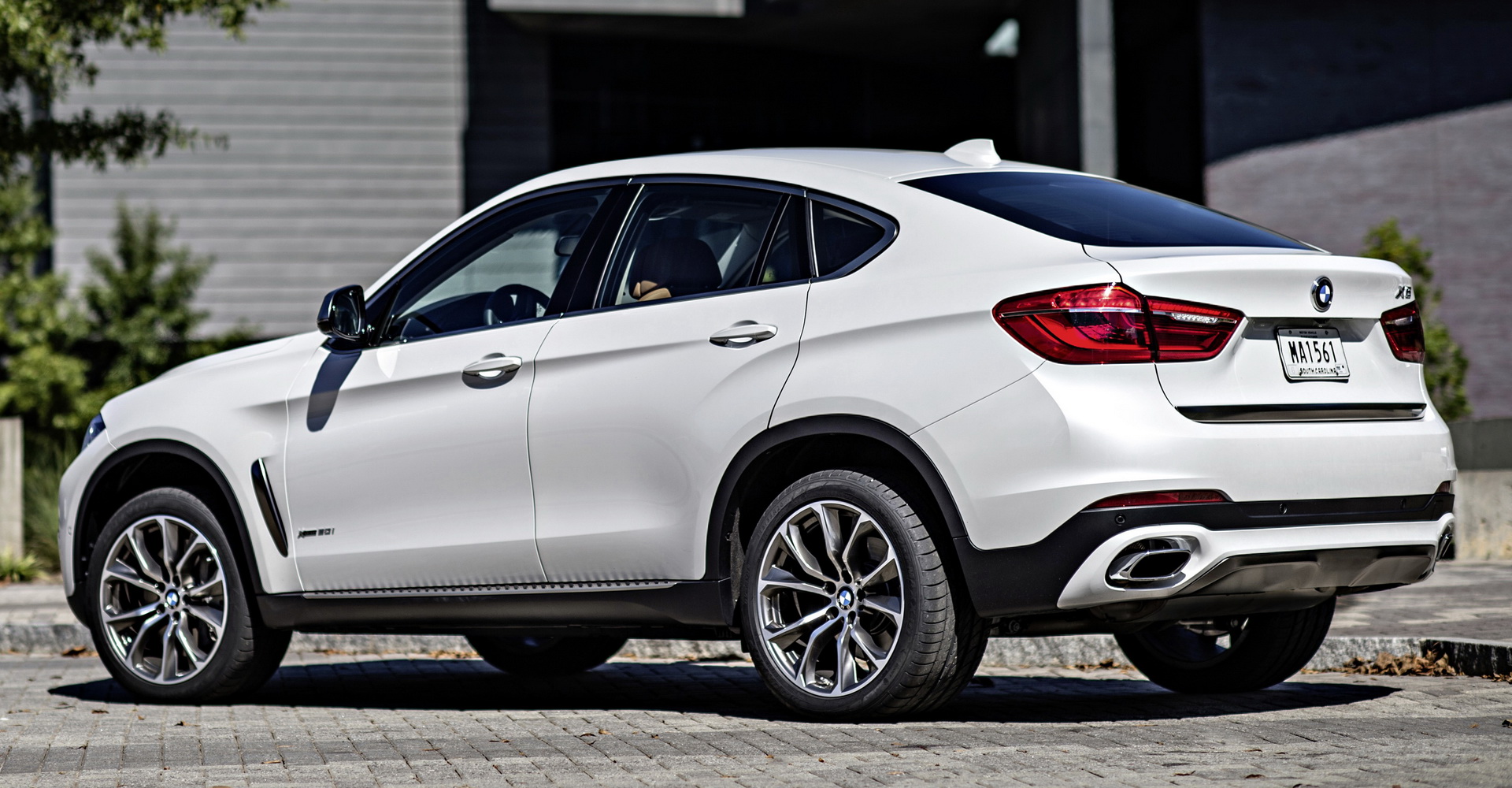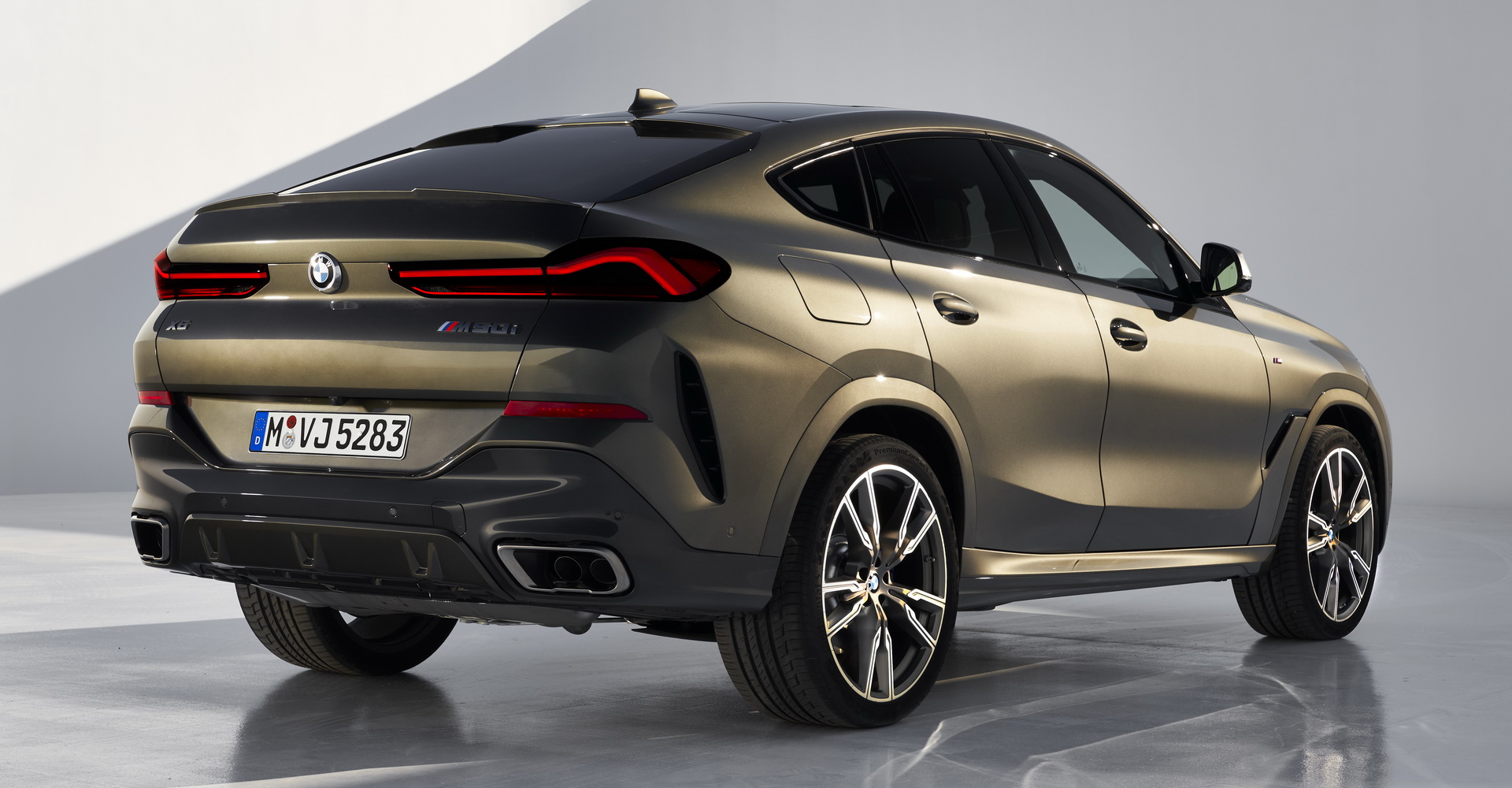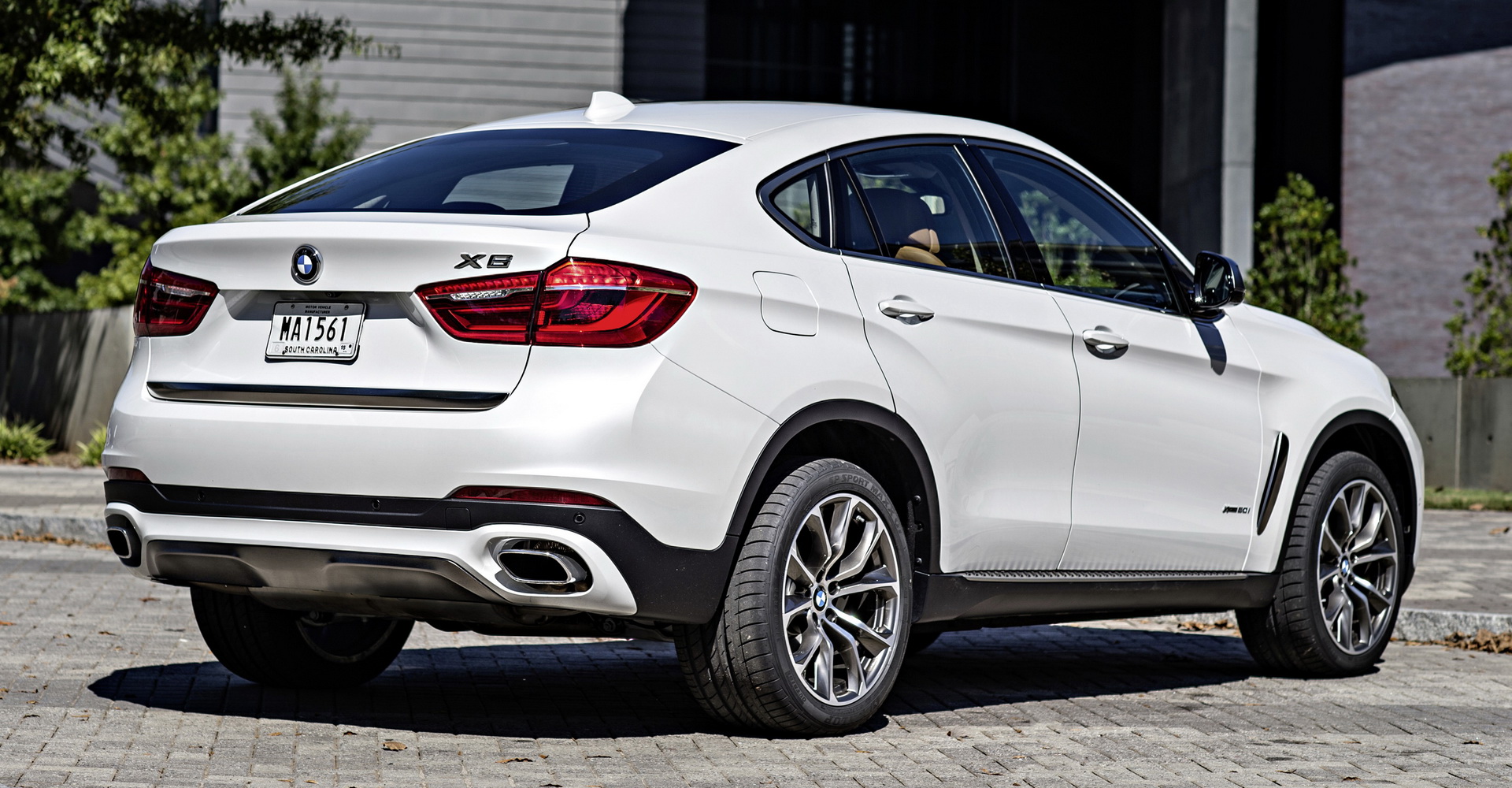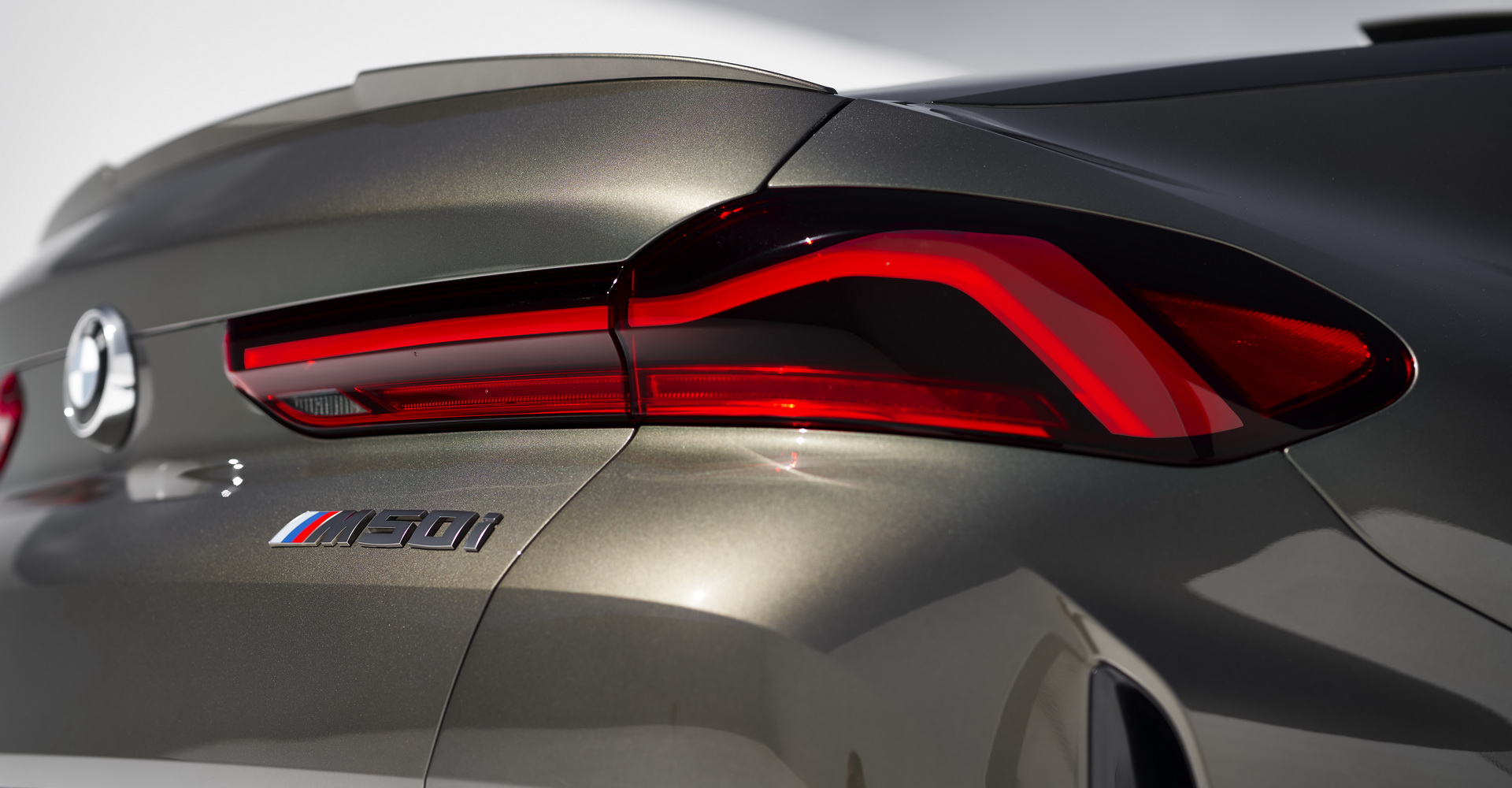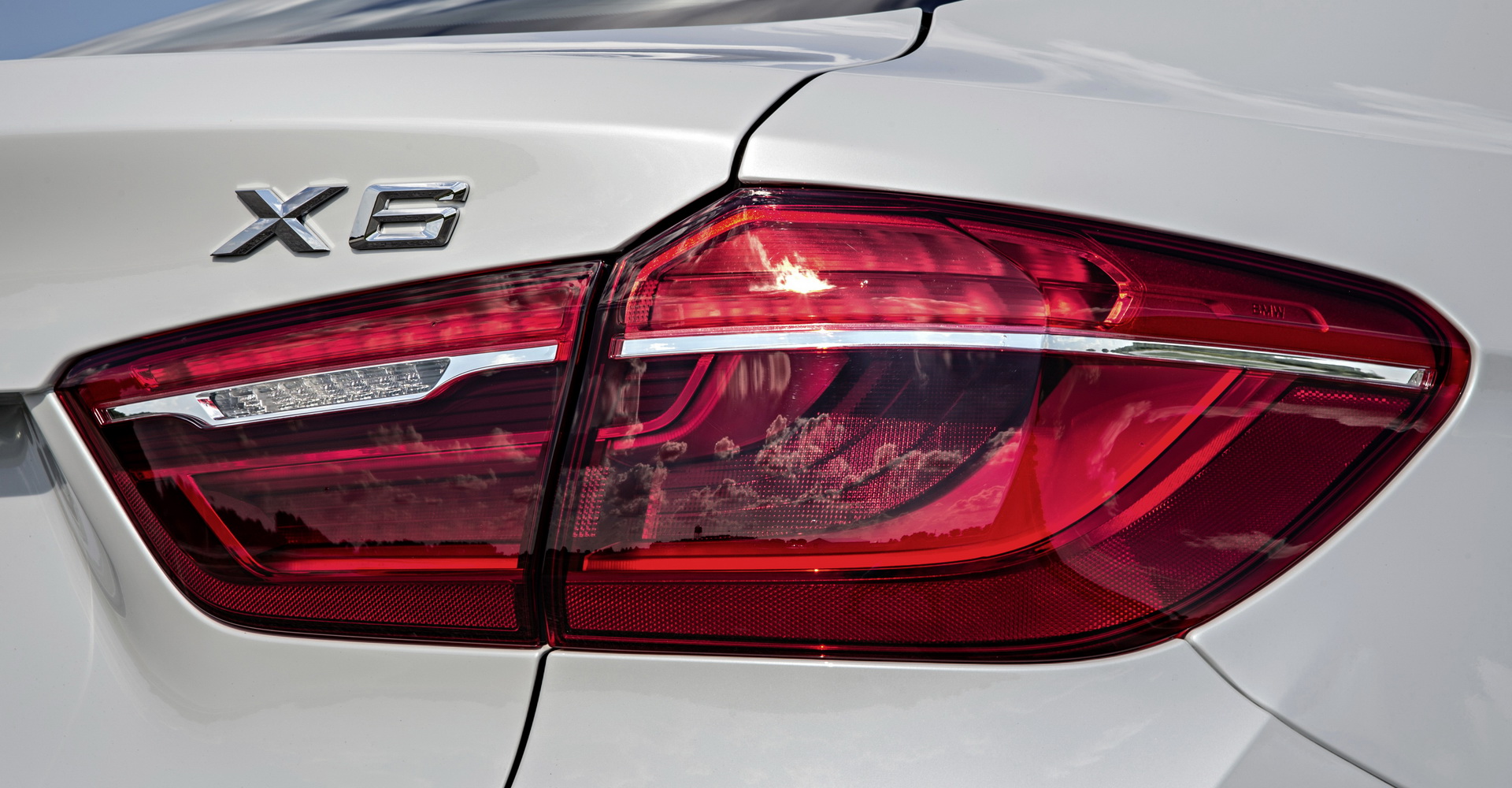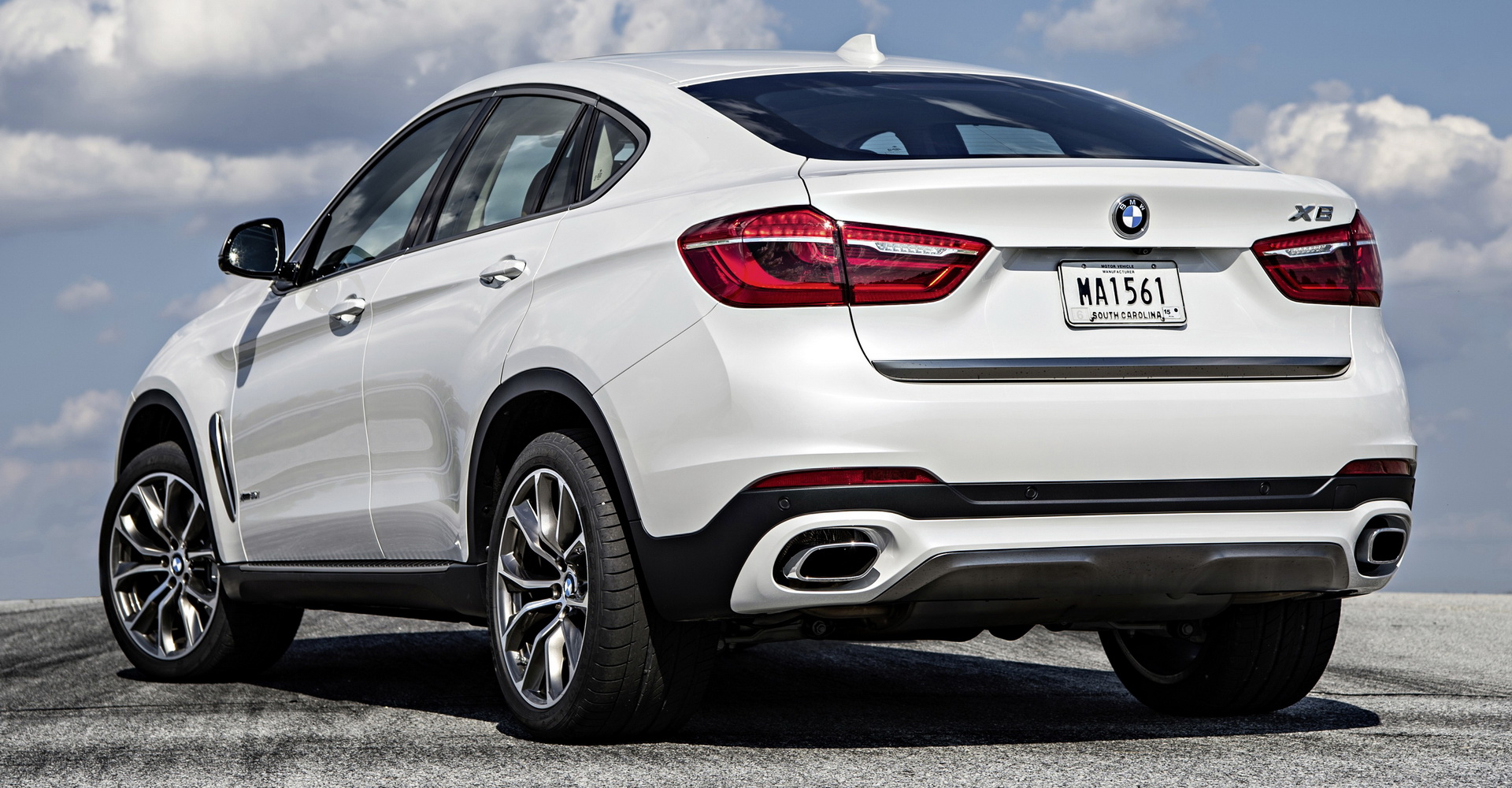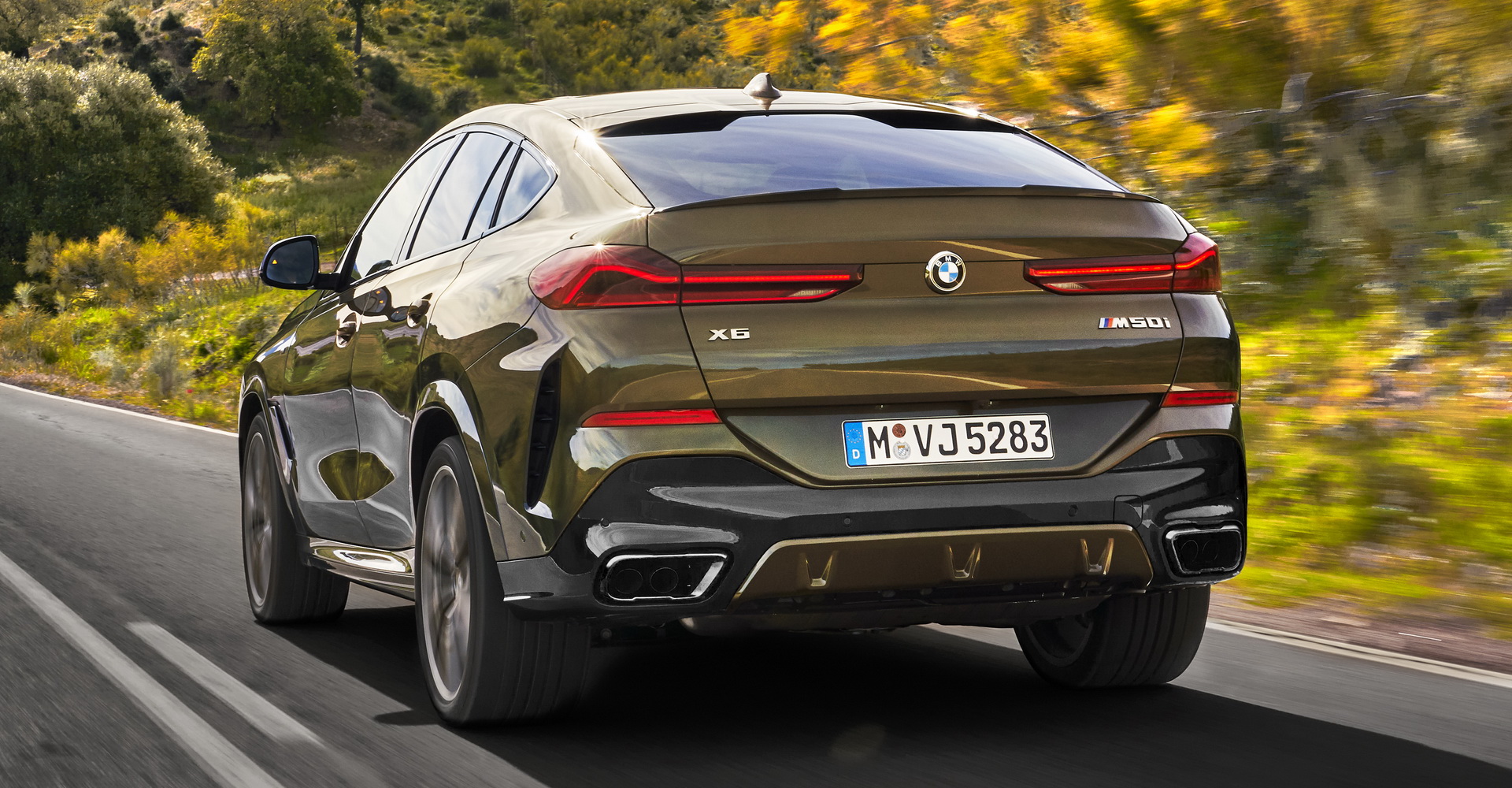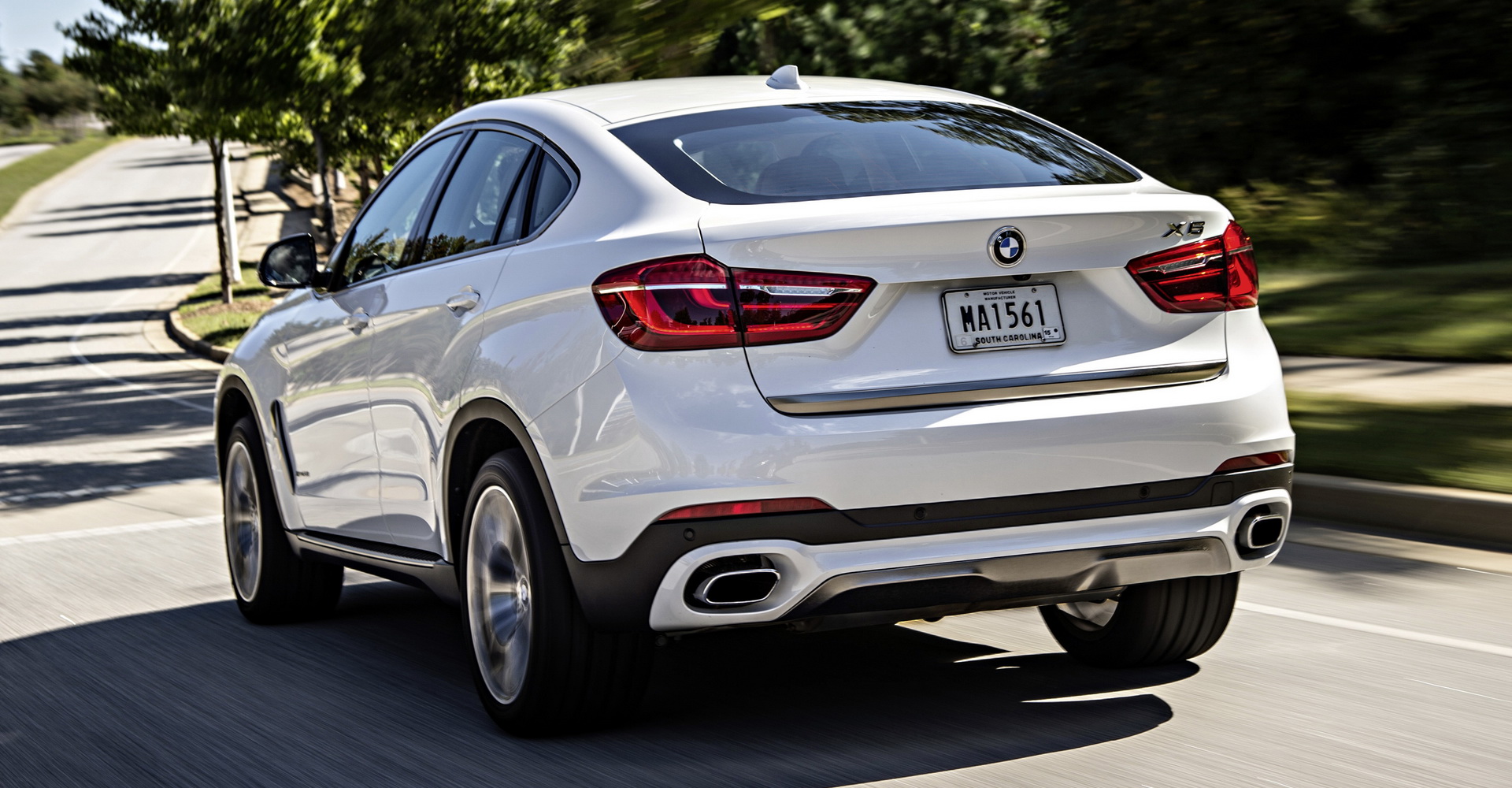It’s been over a decade since sloped-roof SUVs have become “a thing” and we have the BMW X6 to thank for making a type of car that nobody knew they wanted popular.
Of course, buying an X6 is not and will never be a completely rational purchase. It’s in no way more practical than its X5 sibling, and it will cost you more. The upside is that you end up with a vehicle whose appearance is less conventional, and some buyers are quite attracted to that notion.
Now, if you’re on-board with this whole SUV Coupe movement, you’ll probably be interested to know how the brand new, 3rd-generation X6 compares to the older, 2nd-gen model, which has only been around for about four years – a considerably shorter life cycle compared to the 1st-gen car.
Smarter, lower, better?
The all-new X6 definitely has sharper and more modern aesthetics thanks to details like its new headlights, twin spoilers and the 8-Series-esque taillights. The front end is also more imposing, but we’re not sure that everybody will be thrilled with the massive grille, but at least it’s not as large as the one in the updated 7-Series.
In regards to its exterior dimensions, the new X6 is 1 inch (26 mm) longer, 0.6 inches (15 mm) wider and sits 0.2 inches (6 mm) lower than it used to. The wheelbase has also grown by 1.7 inches (42 mm). Still, we wouldn’t bet on it feeling considerably more roomy than the 2nd-gen model.
What should come off as an upgrade are its (newer) safety and convenience features. Back when it first came out, the 2nd-gen X6 was one of BMW‘s most technologically-advanced vehicles, regardless of segment. Naturally, the same thing can be said about the new crossover, especially when we consider features such as its panoramic glass roof with more than 15,000 illuminated accent points, glass accents, 20-speaker Bowers & Wilkins Diamond Surround Sound system and so on.
In the U.S., the 2020 X6 will even be available with the optional Driving Assistance Professional package, which adds Active Cruise Control, Lane Keeping with Active Side Collision Protection, Extended Traffic Jam Assistant and Evasion Aid. The X6 also has Rear Cross Traffic Alert, Speed Limit Information and a Frontal Collision Warning system with Pedestrian Warning and City Collision Mitigation. Meanwhile, more basic systems like Blind Spot Detection, Lane Departure Warning and Rear Collision Warning are all standard.
Also read: BMW X6 vs. Porsche Cayenne Coupe vs. Mercedes GLE Coupe vs Audi Q8 – Here’s How They Stack Up
We can also tell you that the new X6 is just as practical as the old one, both featuring 20.5 cu.ft (580 liters) of cargo capacity with all seats in place. Fold what you can and you’ll squeeze out an extra 5 liters (0.17 cu.ft) in volume with the newer model, which is nothing to write home about.
We also don’t see a great deal of separation in terms of performance. Sure, the M50i version is new, as it replaces the old xDrive50i, which “only” had 450 PS (443 HP) compared to the M50i’s 530 PS (523 HP). But if we look at diesel-powered models in particular, like the xDrive30d or even the M50d, there’s not a lot between them:
2020 X6 xDrive30d (265 PS / 261 HP ; 620 Nm / 457 lb-ft ; 0-62 in 6.5 sec
2019 X6 xDrive30d (258 PS / 255 HP ; 560 Nm / 413 lb-ft ; 0-62 in 6.7 sec2020 X6 M50d (400 PS / 395 HP ; 760 Nm / 561 lb-ft ; 0-62 in 5.2 sec
2019 X6 M50d (381 PS / 376 HP ; 740 Nm / 546 lb-ft ; 0-62 in 5.2 sec
It remains to be seen how the 2020 X6’s optional air suspension stacks up against the older version’s adaptive suspension, but it’s only natural to suspect that the newer car will drive better, especially since you can also get it with the Dynamic Handling Package (active roll stabilization, integral active steering, M Sport brakes) or the Off-Road Package (air suspension, M Sport rear differential, off-road modes).
Say you already own the current X6. Would you consider trading it in for the all-new model, or would you rather shift your attention to something like the Audi Q8 or the new Porsche Cayenne Coupe?



